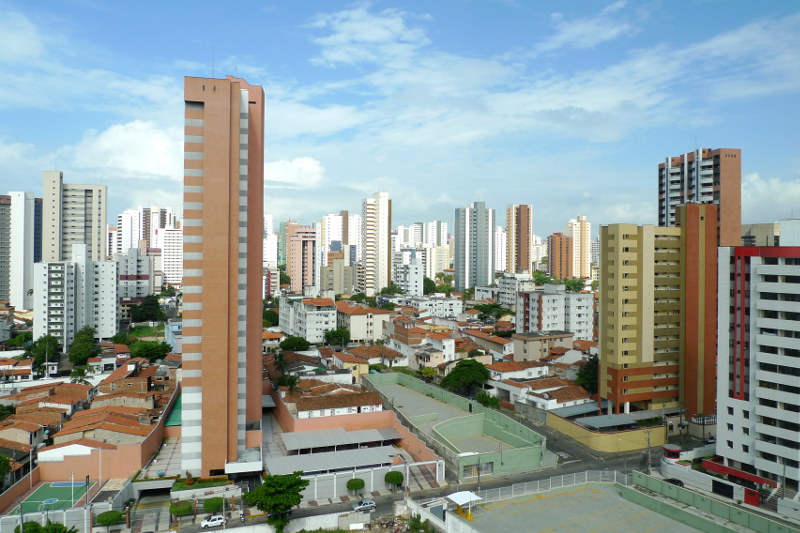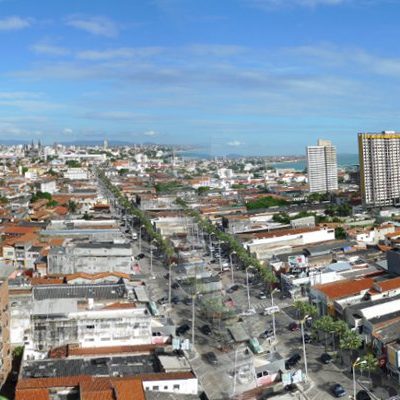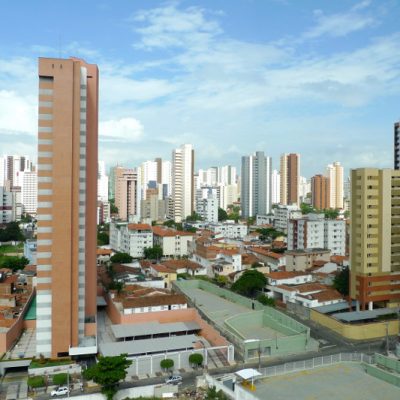While Rio de Janeiro is the most popular destination for foreigners in Brazil, Fortaleza in the state of Ceará is a popular holiday haven for Brazilians. It’s easy to see why: when southern Brazil was in the grips of a chilly winter, Fortaleza was still hot — some days unbearably so.
At one point a lusophone told me (in broken-language) the history of Fortaleza. The bits that I picked out were of a hill, a river, a fort, and a Portuguese man who married an important woman. “This is where it all started,” I was told. “The evidence is in the blonde hair.” I think he was referring to an amalgamation of stories.
It is commonly known that Columbus and his fleet arrived in the state of Ceará in Brazil before Pedro Álvares Cabral is credited with the discovery in 1500. However, because of politics and the Treaty of Tordesillas, Spain was never allowed to acknowledge their discovery.
Instead, the Spanish headed North and Brazil became the property of the Portuguese Crown. However, the Portuguese didn’t see much value in the arid, sandy, poor soiled Ceará, so they abandoned it to pirates and rogue traders. It’s said that this is when the blue eyes and blonde hair started.
About a 100-years after the first expedition, the Portuguese came back under Pero Coelho de Souza and founded a small fort in the mouth of river Ceará. Life in Ceará was harsh and many of the Portuguese starved or died of dehydration. Eventually de Souza’s wife, Thomazia, lead a Portuguese retreat out of Brazil and back to Lisbon.
Shortly after Ceará was abandoned by de Souza, Martins Soares Moreno arrived (1612) and rebuilt the fort at the mouth of River Ceará. Martins fell in love with the country, learned the language, married a Tabajara woman, and stayed in Brazil for 45-years before returning to Portugal. The novel Iracema tells of the love story between Martins and Iracema (his wife) and this part of Brazil and Ceará’s history.
Over the next century there is a typical amount of colonial politicking over who controlled Brazil. When the dust settled, Fortaleza became a town on April 13, 1726. In 1799, the Province of Ceará split from the Province of Pernambuco and Fortaleza was chosen as the capital of Ceará.



We usually say that we have four seasons: Hot, Very Hot, On Fire and Sultriness…
Some truly nice stuff on this web site, I like it.